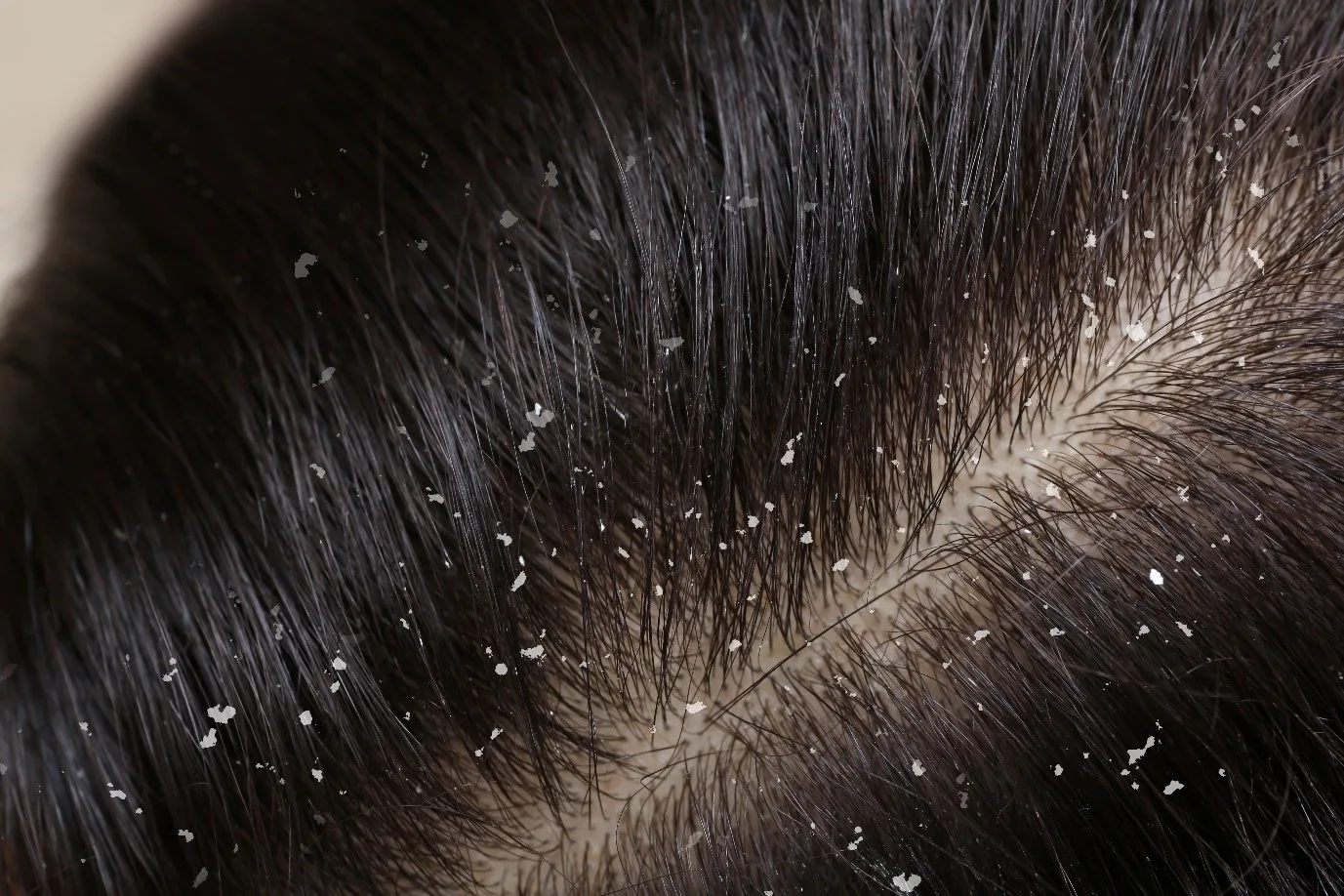White Piedra vs Dandruff: What’s the Difference
There are so many issues which can affect your hair, that you can’t be blamed for not having heard of White Piedra. It is an uncommon hair ailment that is caused by a fungus just like dandruff. It is found to affect people in temperate regions and can be a worry for you as well. Let’s take a closer look at both these ailments and what differentiates them.

White Piedra
This is an infection of the hair shaft which is caused by a fungus variety known as Trichosporon, which is found in soil and dirty water. It is not considered to be wildly contagious but can spread within contaminated environments. Piedra is the Spanish word for ‘stone’ and that is reflected in the appearance of this ailment.
You’ll find white, grey, or tan, pearly nodules surrounding your hair shaft. These are soft and loosely clump together on your hair. You’ll find white Piedra on scalp hair, facial hair, and body hair. This is usually associated with brittle hair, stinging pain, and itching. For some people, especially the immuno-compromised, this can lead to an intense burning sensation. In extreme cases this can also lead to hair loss and hair breakage.
White Piedra hair can be due to various reasons. This fungus is sometimes found on your skin but is usually associated with bad habits. If you have poor hygiene and shampoo infrequently, or you use stagnant dirty water, this fungus can get transferred onto your hair. In some cases, sharing combs allowed for the transfer of the fungus from person to person. People who cover or tie-up wet hair have also shown an increase in the white Piedra fungus.
What is Dandruff?
Dandruff is generally caused by another fungus known as Malassezia Globosa. Your scalp produces oil or sebum which feeds this fungus. In extreme situations, when your scalp is producing excess oil, this fungus can see a growth spike and break down the sebum into oleic acid. If your body reacts to this by product, it leads to severe itching, redness and white -yellow flakes of dead skin cells.
Your scalp oil production can fluctuate due to various reasons like hormonal changes, weather changes, stress, poor hygiene, or even harsh chemical products. But if you can control the amount of oil on your scalp, you can most likely control the cause of dandruff.
What is the difference between dandruff and white Piedra?
There are various distinctions between the two and should be easy to spot. Sometimes the line can blur, and you might require a doctor to give you a correct diagnosis.
- The main one is that dandruff affects the scalp and white Piedra affects the hair shaft. You will find redness on your scalp due to dandruff, but there is no concept of a Piedra scalp.
- Dandruff are made up of dead skin cells and fall onto your shoulders. White Piedra will not fall like dandruff and the nodules tend to stay clumped together on your hair.
- Dandruff is usually caused by an oily scalp. White Piedra does not have any association with the amount of oil on your hair or scalp. It is purely due to the fungus.
- There is a difference in the look of white Piedra nodules and dandruff flakes. The nodules are soft and slightly gritty, with an almost gelatinous look. They can be of white, grey, or tan colour. Dandruff flakes on the other hand are lighter and yellowish white in colour.
- Dandruff is generally found on your scalp and face as that has the highest concentration of sebaceous glands. White Piedra can affect your entire body as it just requires hair to build a foundation.
- You can’t get rid of white Piedra by regular shampoos and dandruff home remedies. White Piedra treatment requires medical intervention.
How do you treat white Piedra and dandruff?
One of the fastest white Piedra treatments is to shave off the affected hair. As this ailment affects only the hair shaft, it automatically clears the problem. But in some cases that might not be aesthetically possible or even effective.
In that scenario you need to look at medicated shampoos like Ketoconazole 2% shampoos. Your doctor might recommend some antifungal therapy or creams to quicken the recovery process. In some scenarios, neither will be effective and you might need to look at oral antifungal medication.
In addition, you can practice good hygiene by showering regularly with gentle products. This prevents the sweat and germs from building up. Avoid sharing combs with people and wash your clothes properly.
When it comes to dandruff, people try various home remedies in the hopes of getting rid of their dandruff. But to get the best outcome you should use the right hair and scalp shampoo that gets rid of dandruff causing germs. Try the Head and Shoulders Scalp Rejuvenation Soothing with Argan oil, that brings the benefits of nature to help against dandruff. Or you might want the combined effect of anti dandruff shampoo and conditioner with the Head and Shoulders 2 in 1 Cool Menthol, that softens your hair and leaves you dandruff-free.



